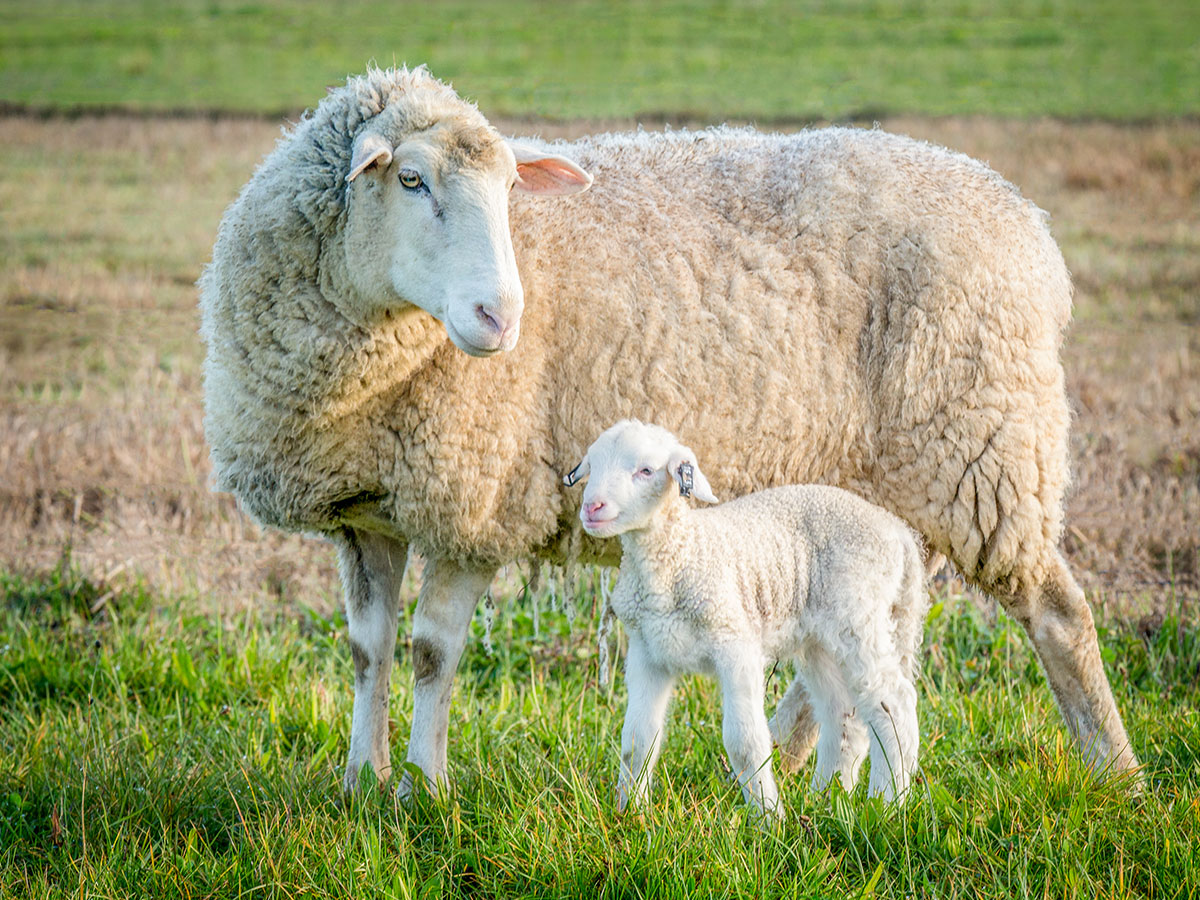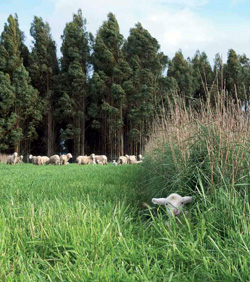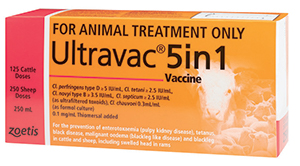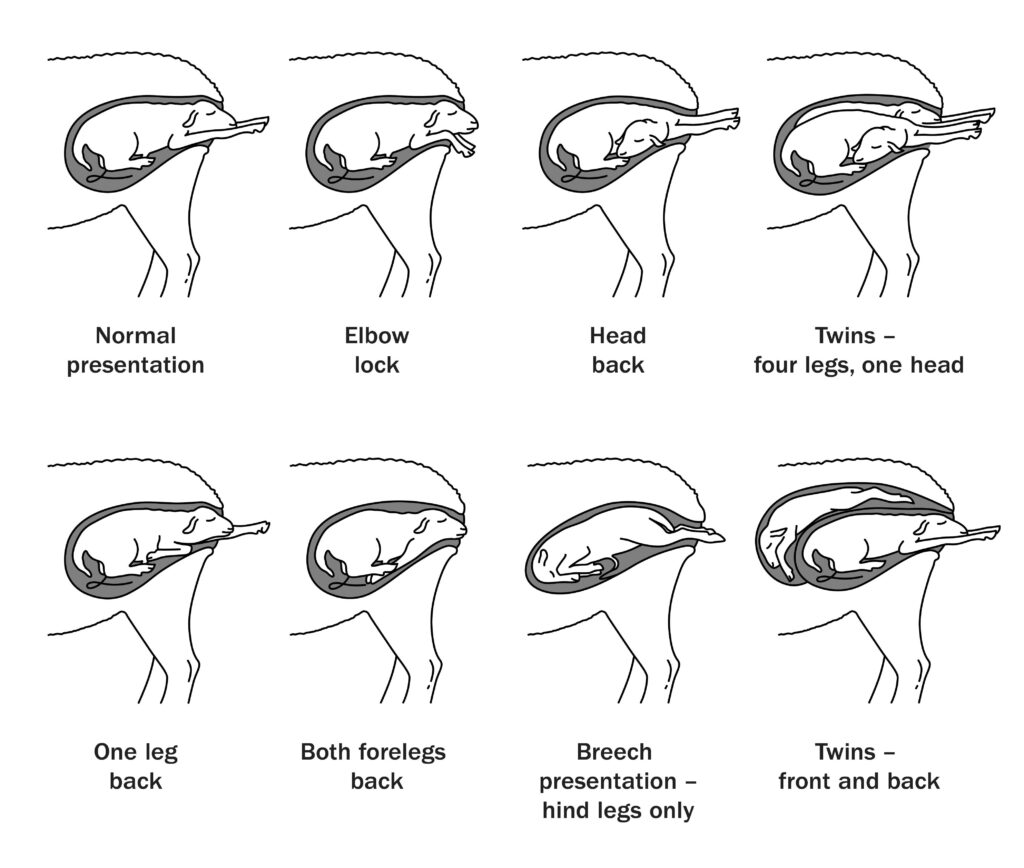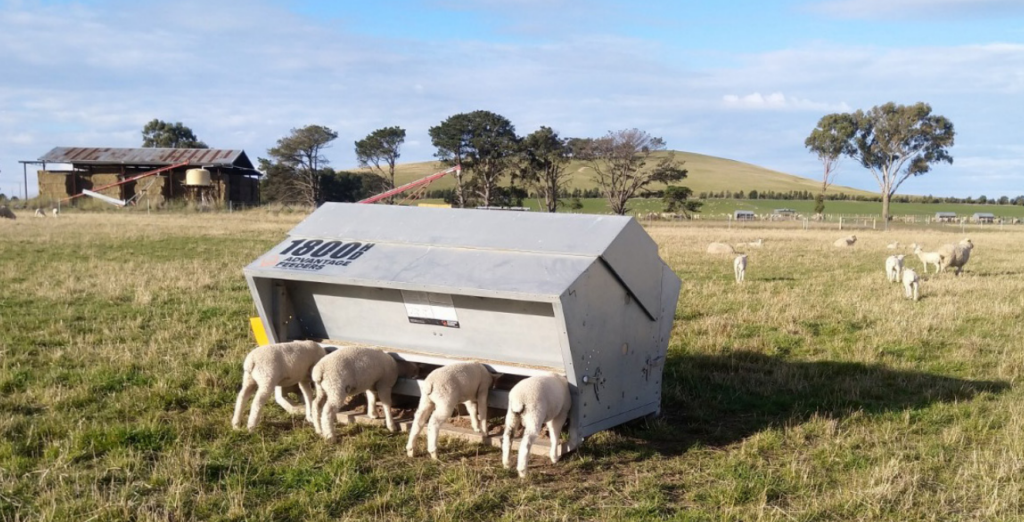Lambing is a critical period of the year that requires careful planning and management from joining, gestation and pre-lambing to ensure the health of both ewes and lambs.
Timeline
Ewes’ fertility is stimulated by shortening day length with their fertility peaking between March and May.
Ewes cycle every 17 days so joining flocks for a winter/spring lambing is usually timed to span two or three cycles and match feed demand at lambing with feed supply. Joining for longer than 5 weeks can cause health and welfare issues as later lambs will have less access to feed and the ewe will have less recovery time.
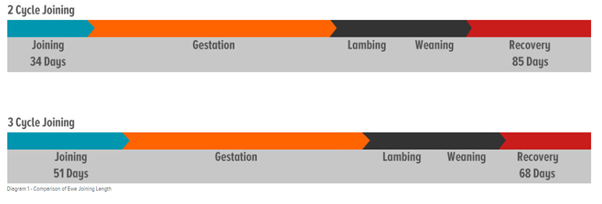
The most reliable strategy for weaning the maximum number of good quality lambs is to ensure most ewes get pregnant in the shortest joining period possible. Gestation on average lasts 142 – 152 days with the last 6 weeks of pregnancy being critical.
The following 8 areas are key management practices for lambing:
- Nutrition
- Vaccination
- Pre-lambing
- Shelter
- Monitoring and Assistance during lambing
- Colostrum
- Predator management
- Weaning
Nutrition
Nutrition is the most important area to manage risk of ewe and lamb mortality during the lambing season. Providing pregnant ewes with the necessary nutrients supports optimal fetal development. It’s essential to tailor feeding regimes based on factors like ewe body condition, number of lambs the ewe is carrying and the stage of pregnancy stage. If an ewe’s condition score is under 3, they do not have the energy to support the development of the fetus and have a higher risk of Dystocia (a difficult or obstructed birth) which is the leading cause of ewe mortality. This is also the case for an ewe with a condition score of above 3.5 due to the lambs being too large to pass easily. In the lead up to lambing, adequate calcium intake is needed to support muscle function during labour.
Pre-Lambing
The last 6 weeks of pregnancy is key for nutrition. Maintaining condition score and supplementing feed may be necessary for ewes with twins and triplets. Having a lambing kit on hand will ensure that if a lamb comes unexceptionally or if there is a complication you have the resources to tackle it. It is recommended to contact your local vet to inform them you are approaching lambing and to ask for advice on when it is necessary to call them out for an emergency.
Monitoring and Assistance During Lambing
Close monitoring of ewes is crucial during the lambing period. Early detection of the signs of labour, understanding normal progression of labour and intervening when necessary, such as assisting with difficult births (Malpresentation) or providing extra care to weak lambs will ensure high lamb survival. Make note of ewes that have difficulty or the treatment you’ve given to specific ewes or lambs so you can identify and treat issues more effectively.
Colostrum Management
The first milk from the ewe is rich in antibodies due to vaccinations given 4 to 6 weeks prior. This must be consumed by the lamb within a few hours of birth to boost their immune system and protect them from common diseases. If a lamb is rejected or needs to be nursed, supplemental colostrum can be purchased from your local feed store and be given to them.
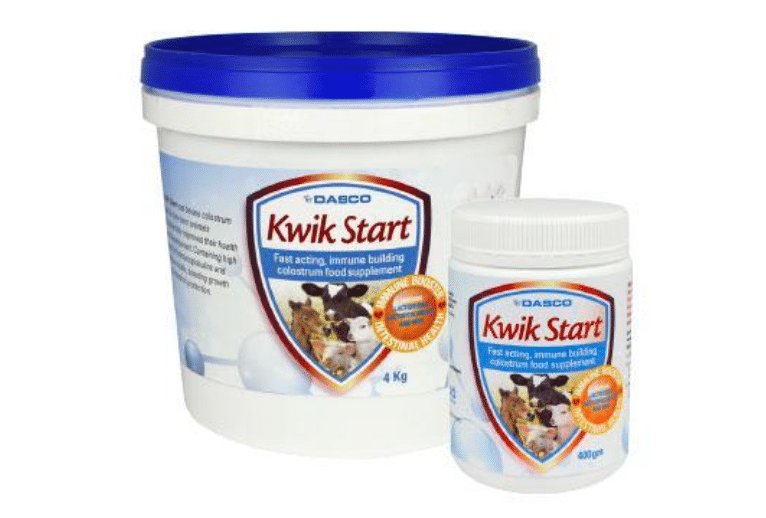
Predator Management
Lambs are a common target for foxes and wild dogs and are at a high risk during the first few months of their lives. Appropriate fencing, trapping, baiting, night penning and guard animals are a few of the methods to minimise the risk of predations. Baiting is the primary management tool used in Victoria. Talk to your neighbours and your local Landcare group to work out a plan for coordinated action as covering a larger area is more effective than baiting only on your individual property.
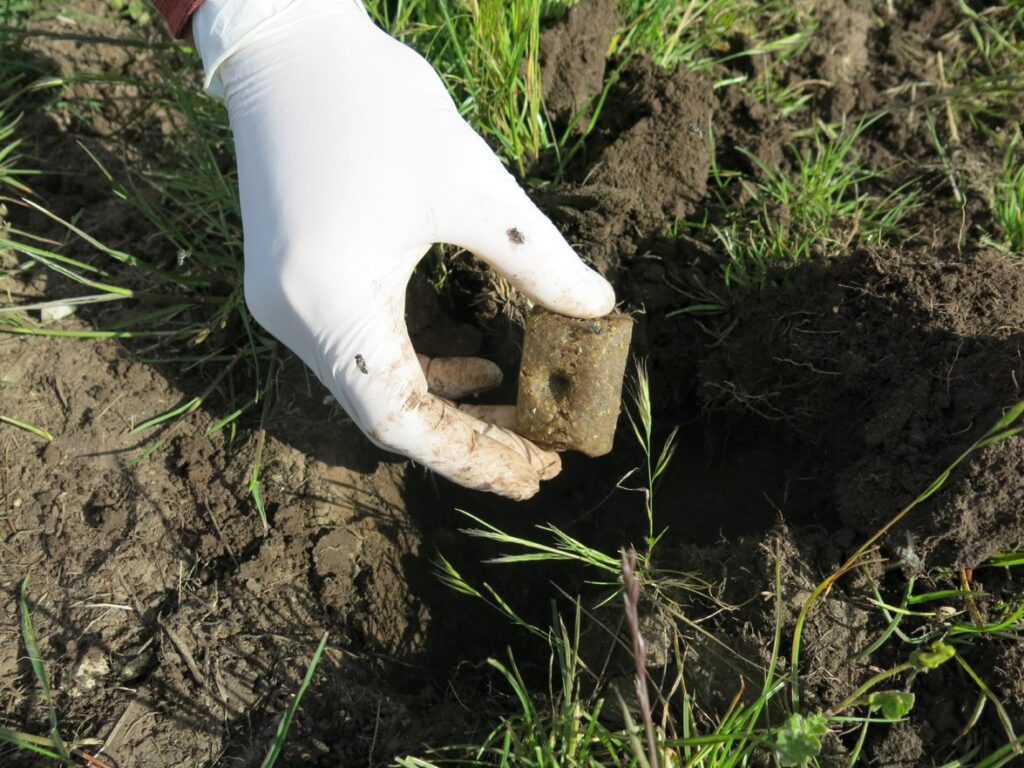
Weaning
Weaning typically occurs around 8 to 12 weeks of age. Lambs should be introduced to grain and forage soon after birth and before they are weaned to reduce the amount of change during the weaning process which can stress the animal. Feeds that have high palatability for lambs include soybean meal, ground or cracked corn, and alfalfa hay. Weaning is done gradually to reduce stress for both the ewe and lambs.
There are 3 main methods:
- Partial Weaning: Separating lambs from their mothers during the day and allowing them to reunite at night
- Creep Feeding: Providing a separate feeding area accessible only to lambs, allowing them to eat solid feed without their mothers’ interference.
- Fence-Line Weaning: Keeping ewes and lambs in adjacent pens or pastures, allowing visual and vocal contact while preventing physical contact.
Click here to download a PDF version.
For further information, please contact the VFF Stock Sense on 1300 882 833 or by email [email protected]
